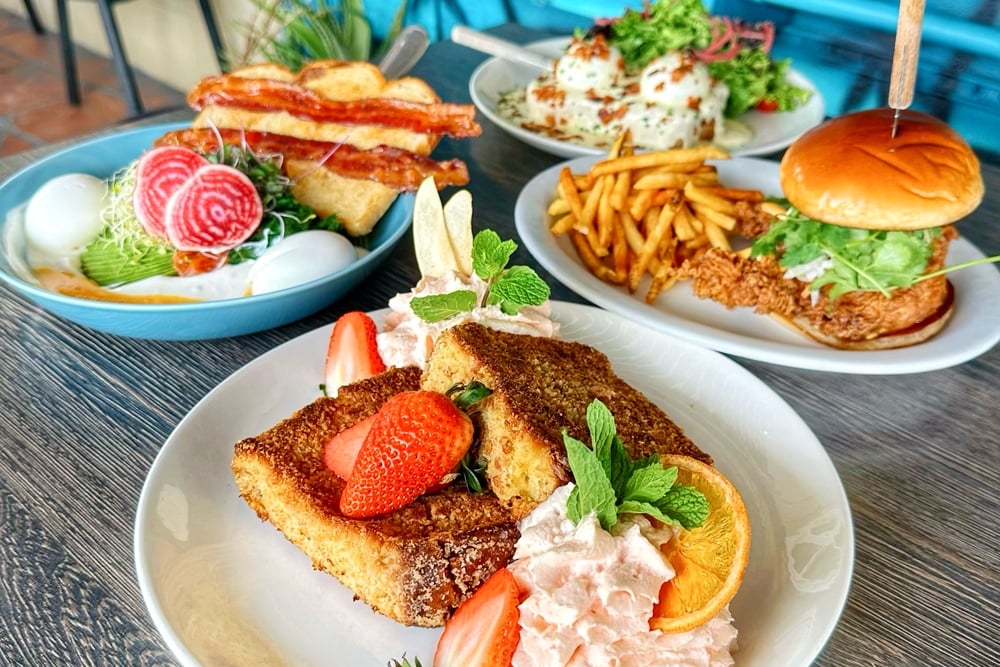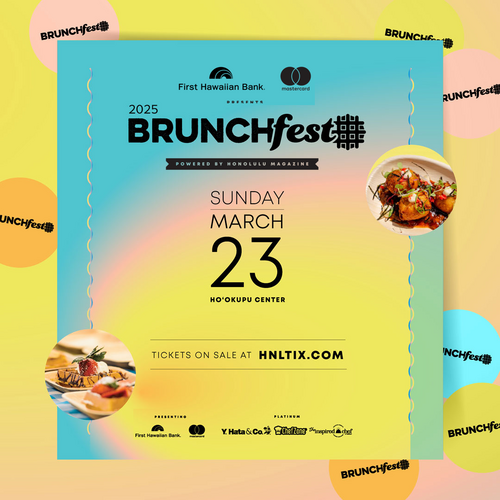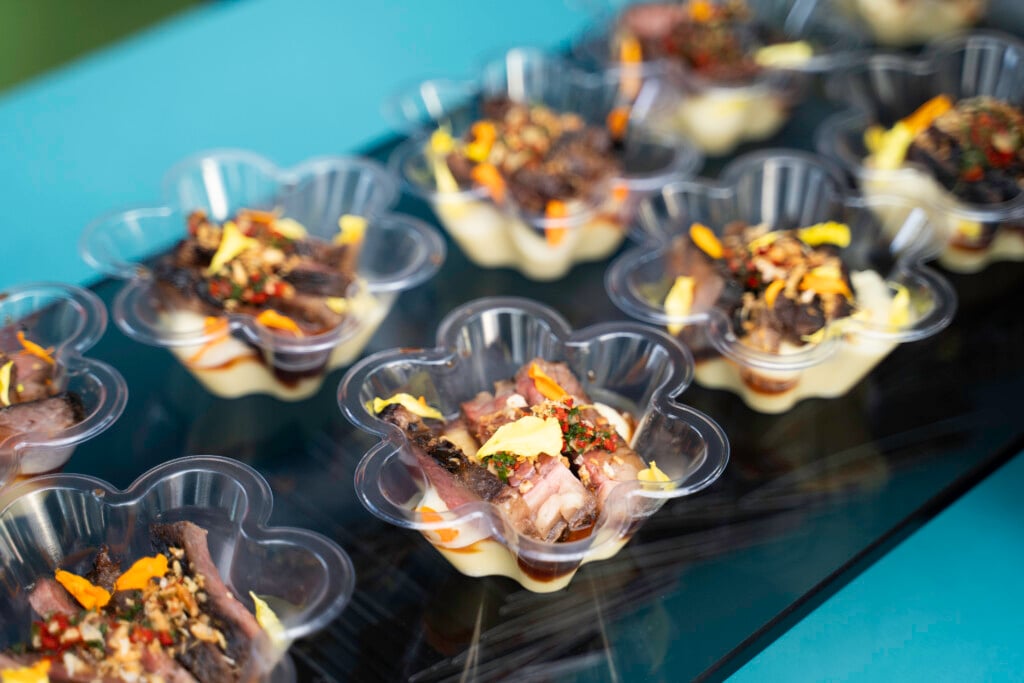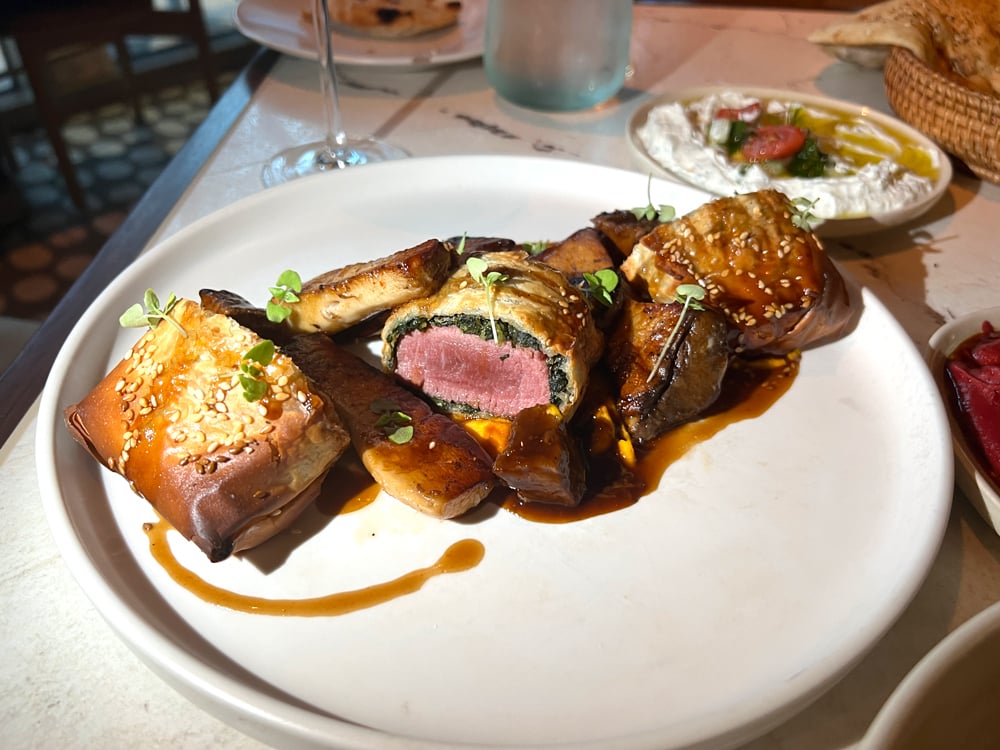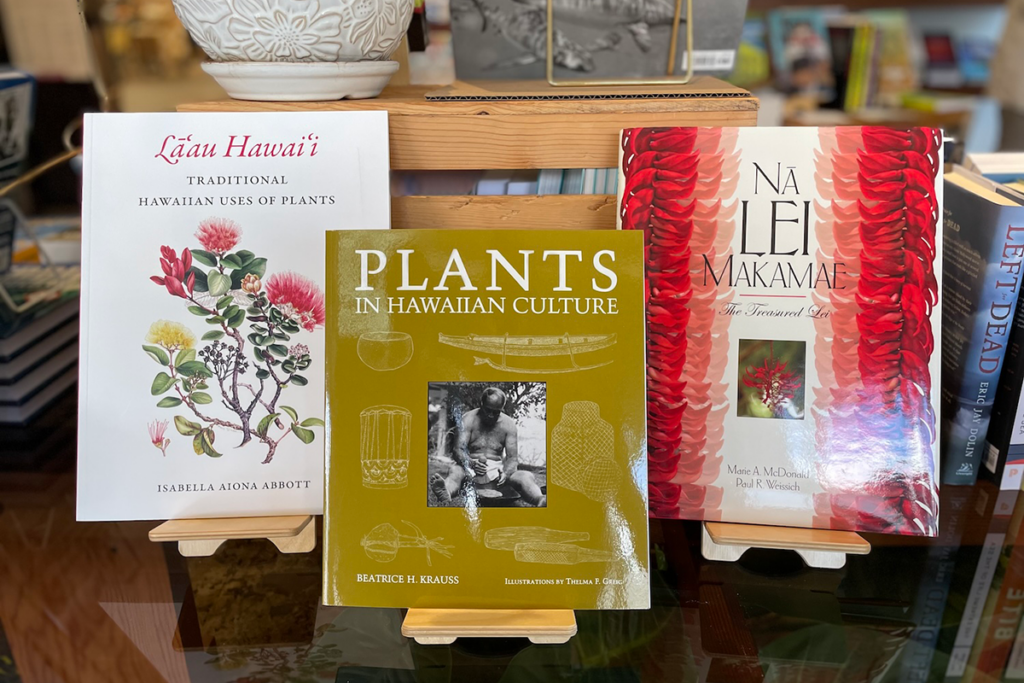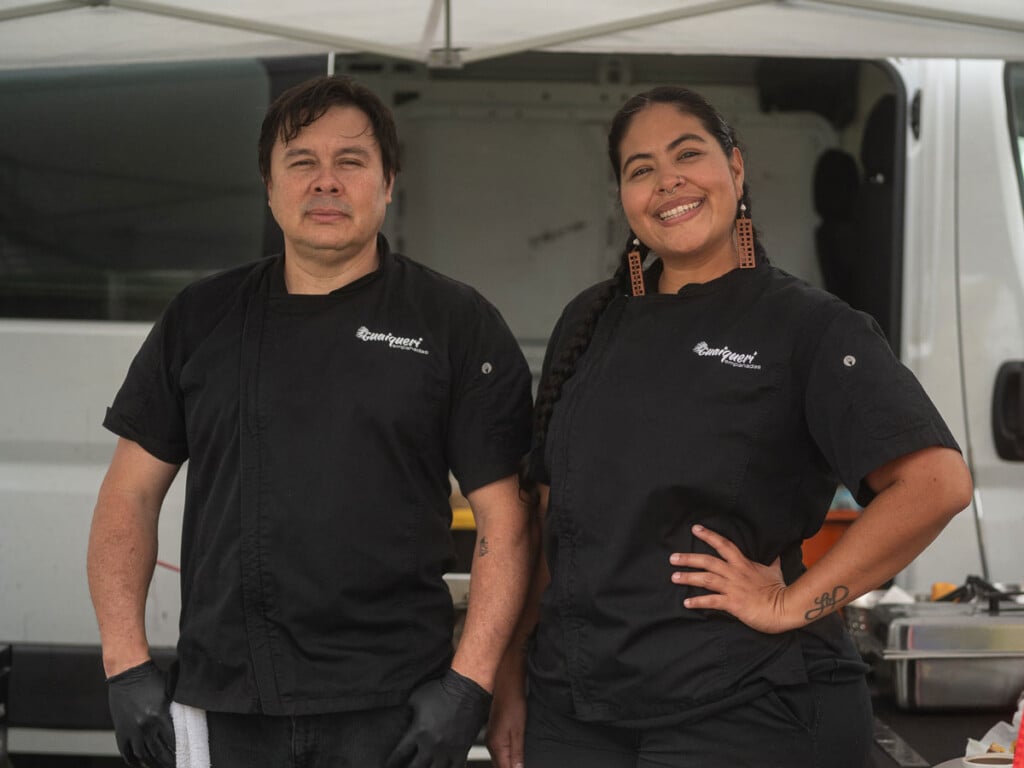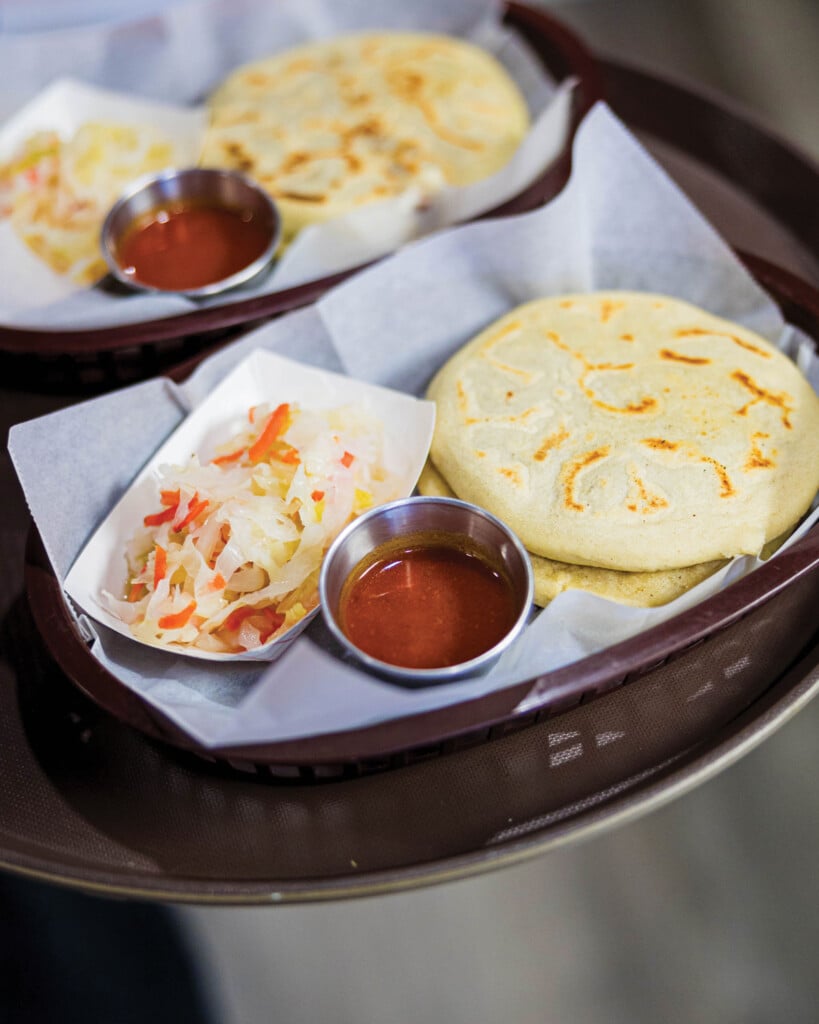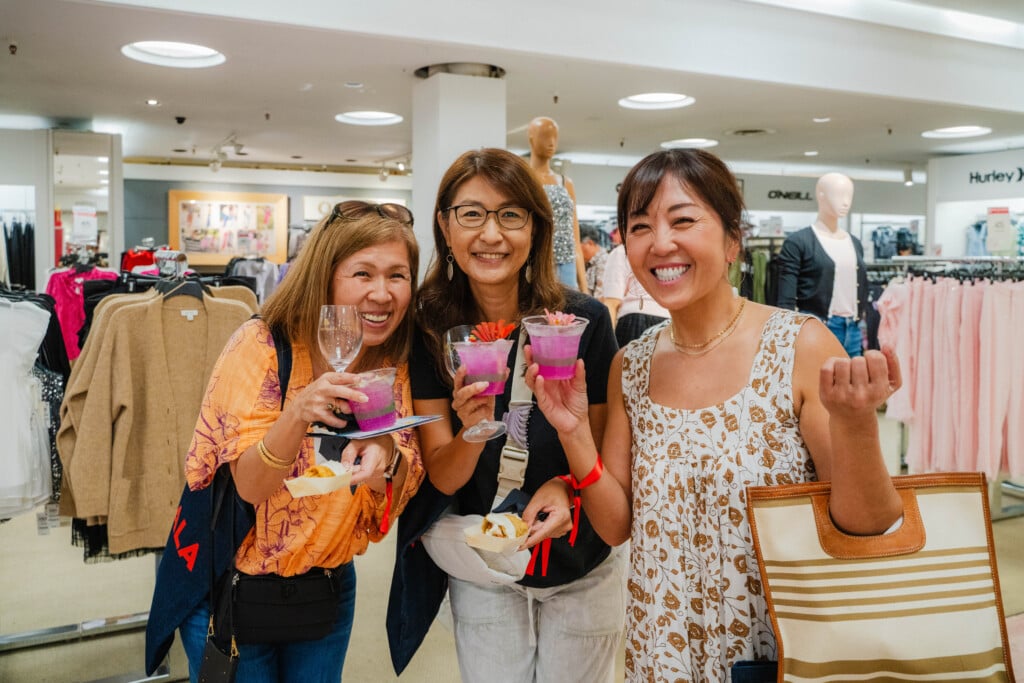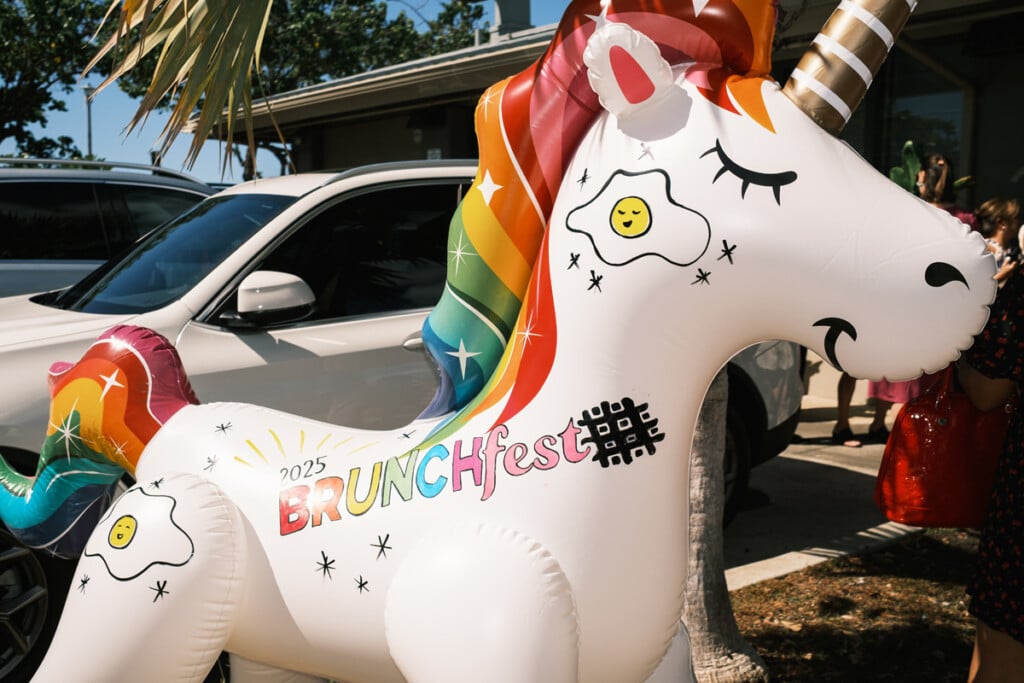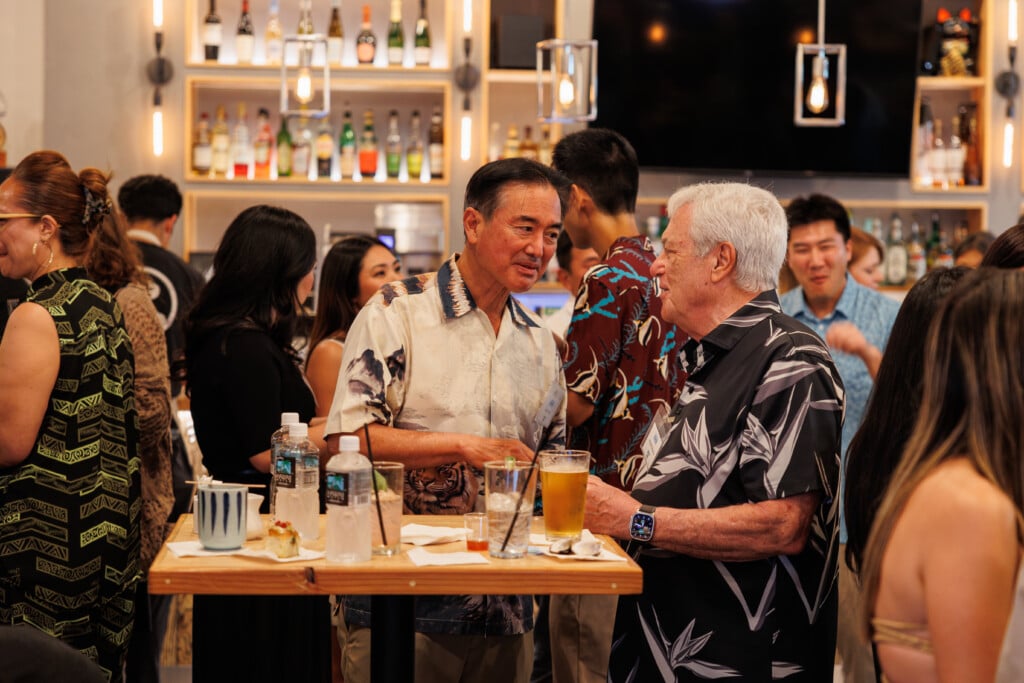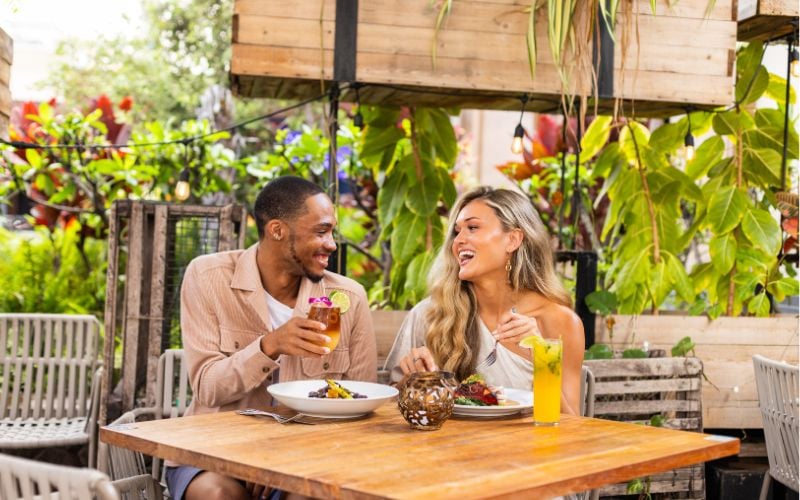The Hospitalitarian: Dusty Grable Is the 2024 Restaurateur of the Year
A Chinatown pioneer resurfaces with a new vision for Mānoa.

C
Chinatown’s transformation into one of Honolulu’s trendiest dining districts didn’t happen because of Lucky Belly. But it’s arguable how much of it would have, and how fast, without it. Away from Indigo, Brasserie du Vin and Soul de Cuba, the avant garde eateries then clustered around Hawai‘i Theatre, Dusty Grable and Jesse Cruz opened their nouveau ramen bar at the corner of Hotel and Smith streets in 2012. At the same intersection in the next four years, they opened modern-American Livestock Tavern and the rooftop Tchin Tchin Bar. The triple successes shifted the nexus, and by 2017, so many new eateries radiated up and down Hotel and Smith that Honolulu’s new Chinatown was being written up nationally.
Grable sold his shares to Cruz that year and left to raise a family and open restaurants for others. Now, he’s back in the fore—this time in upscale, unchanging Mānoa, a residential valley that’s as polar opposite as you can get from Chinatown’s edgy dynamism. At Mānoa Marketplace, Grable’s Lovers + Fighters restaurant group launched a new eatery and a gourmet and barware store last spring; a second restaurant was planned for late summer. Given his track record in Chinatown and beyond, with concepts as varied as French modern tasting menus in Waikīkī (La Vie) and a cocktail bar in a pool hall (Wild Orange), Mānoa will be worth watching. All this makes Grable our 2024 Hale ‘Aina Restaurateur of the Year.
“You don’t see many of them out there these days—people who dedicate their lives to hospitality, understand it as a craft. You just start realizing this is a very honorable, noble and fulfilling career that you can raise families on.”
Among independent restaurateurs, Grable stands out for what he isn’t: a chef who dreamed of owning his own restaurant. Instead, he calls himself a hospitalitarian. Asked when he realized this, he recalls telling his sister about his first 100% tip after a shift waiting tables at Indigo. “They said I was the best waiter they ever had,” he said. “She said what makes you different than any other waiter? I didn’t know. But now looking back, I’m pretty convinced that I genuinely cared. I wanted them to enjoy themselves and they knew it. Taking care of people well filled my own cup.”
At 23, Grable dropped his college art studies to learn to be a restaurateur. Working part-time at the Kāhala Mandarin Oriental (now The Kāhala Hotel & Resort) and Alan Wong’s, the hospitalitarian in him had identified Cheryle Gomez Furuya, then a server; wine director Mark Shishido; and master sommelier Patrick Okubo as pros whose face-to-face encounters could elevate a customer’s experience.
“I really got exposed to a caliber of service that was another level,” Grable says. “You don’t see many of them out there these days—people who dedicate their lives to hospitality, understand it as a craft. You just start realizing this is a very honorable, noble and fulfilling career that you can raise families on.”
He found a like mind in Cruz, the chef at Formaggio Grill in Kailua, where Grable was the manager. They began hashing out concepts for their own restaurants. Grable had moved to San Francisco to up his game, working at Gary Danko and rising to beverage director at Michelin-starred Ame at the St. Regis Hotel, when Cruz found the old Mini Garden space in Chinatown.
On Hotel Street ‘Ewa of Hawai‘i Theatre, Justin Park was mixing cocktails at The Manifest and Christian Self was upstairs at thirtyninehotel, but “that block was a no-man’s land for restaurants,” says Danny Ka‘aiali‘i, who later opened The Daley, Pizza Mamo and the former Encore Saloon on the far corner. Grable and Cruz “broke that barrier, and soon after, The Pig & The Lady popped up. Then Livestock and Tchin Tchin. All those concepts are fun and unique and just well done.”
Lucky Belly’s meat-laden Belly Bowls and Beast Bowls were inspired by New York City’s Momofuku Noodle Bar. Grable’s bar program, where Buffalo Trace was the well bourbon and bartenders served sake in Riedel glasses, got as much attention, as did service, which Grable saw not as transactions but as human interactions, no two of which would be alike.
“It attracted the cool kids who weren’t afraid of a seedy neighborhood,” is how Andrew Le of The Pig & The Lady puts it. “Once Dusty and his team tested the waters, everyone found that the rising tide lifted all boats.”
Twelve years later, now 41, Grable sits in a booth at Little Plum, the modern-local restaurant Lovers + Fighters opened in June. Directly in front, framed by floor-to-ceiling windows, is Mānoa Marketplace’s new jungle gym and playground.

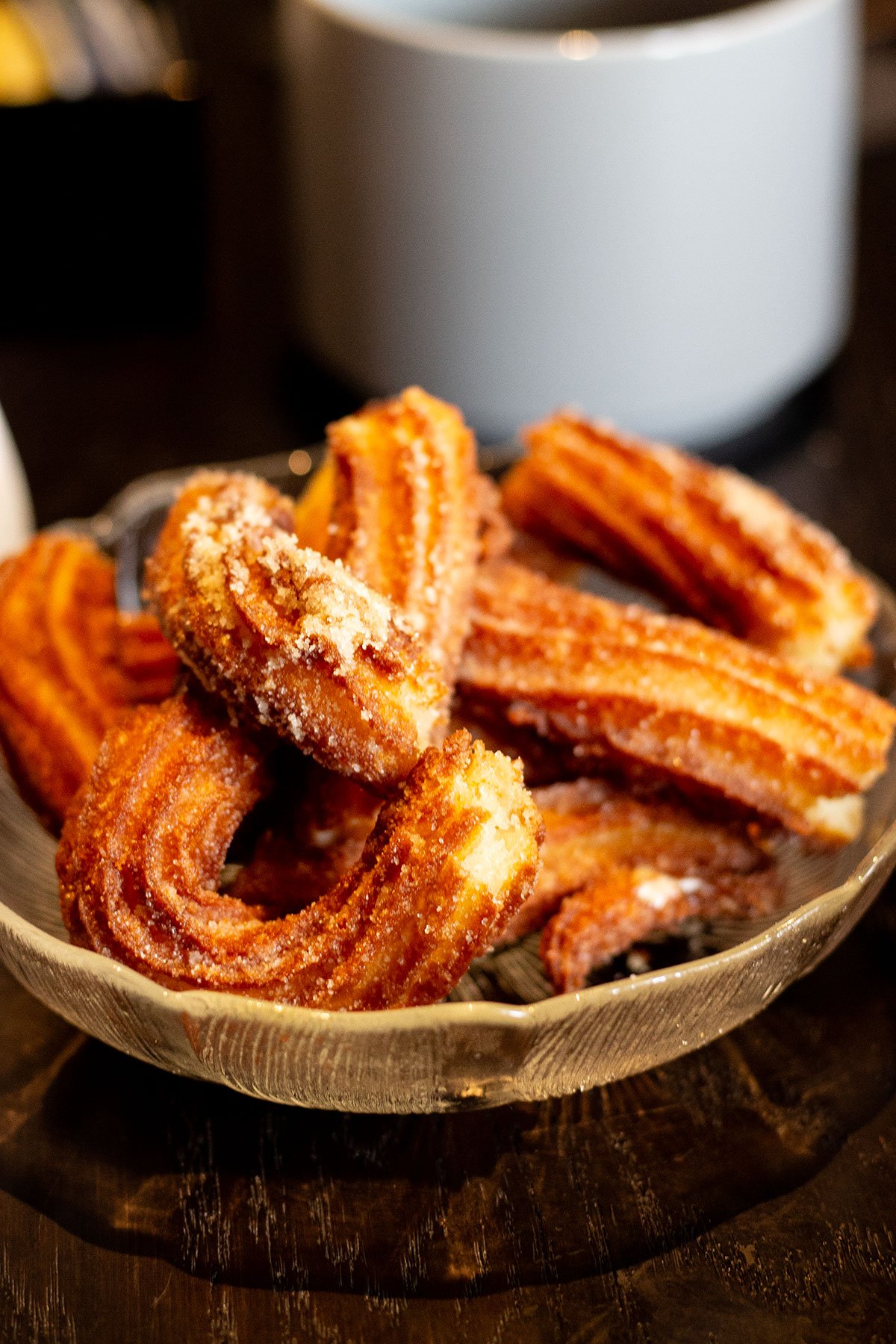
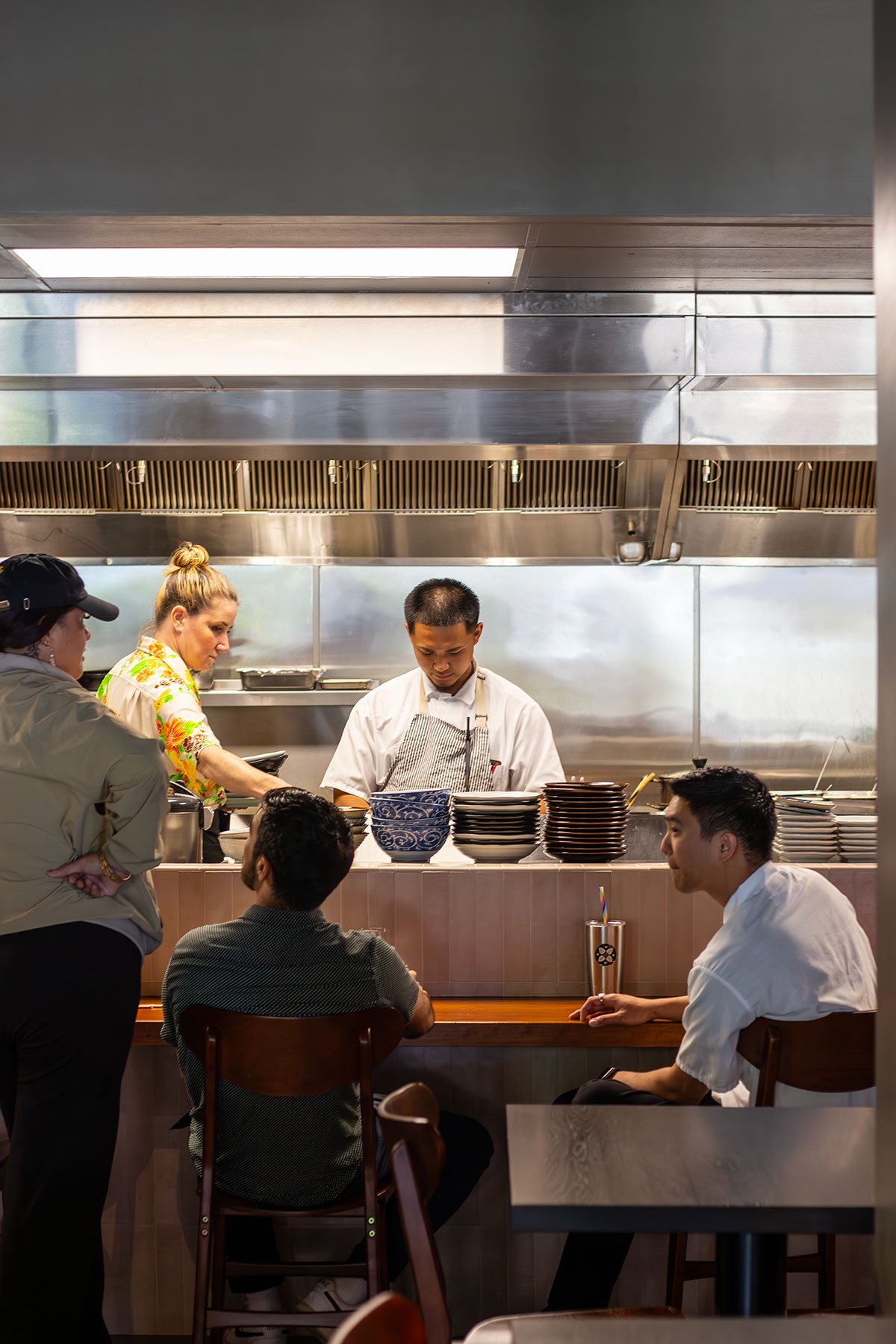
Grable’s path after he split from Cruz saw him opening or working leading roles at Merriman’s Honolulu, Stage, La Vie, Quiora and 53 By the Sea. Two things happened during this time: He started Lovers + Fighters (which opened Wild Orange inside Hawaiian Brian’s), and marketplace owner Alexander & Baldwin reached out.
“I’m older now, and I wanted a neighborhood restaurant, which is the opposite of what I wanted at the beginning of my career,” Grable says. “Chinatown had enough urban freedom for us to do what we do and have people come and like it, or not, versus a neighborhood that gets to say you’re in our neighborhood, and we get to say what you do. I think we’re going to encounter that in Mānoa.”
To Ka‘aiali‘i, who’s known Grable more than 15 years and was one of Little Plum’s first customers, the most striking thing isn’t that Grable is in Mānoa, or even that he’s opening three concepts in five months. It’s that people he hired in Chinatown are the backbone of Lovers + Fighters.
“That’s impressive, especially now, to have that loyalty. I have multiple concepts, and the biggest challenge if you speak to anybody in the industry is staffing,” Ka‘aiali‘i says. “And it’s not just staffing—he has some of the best people in the industry in Hawai‘i. I don’t know what the secret is, but he’s created something that people want to be a part of.”
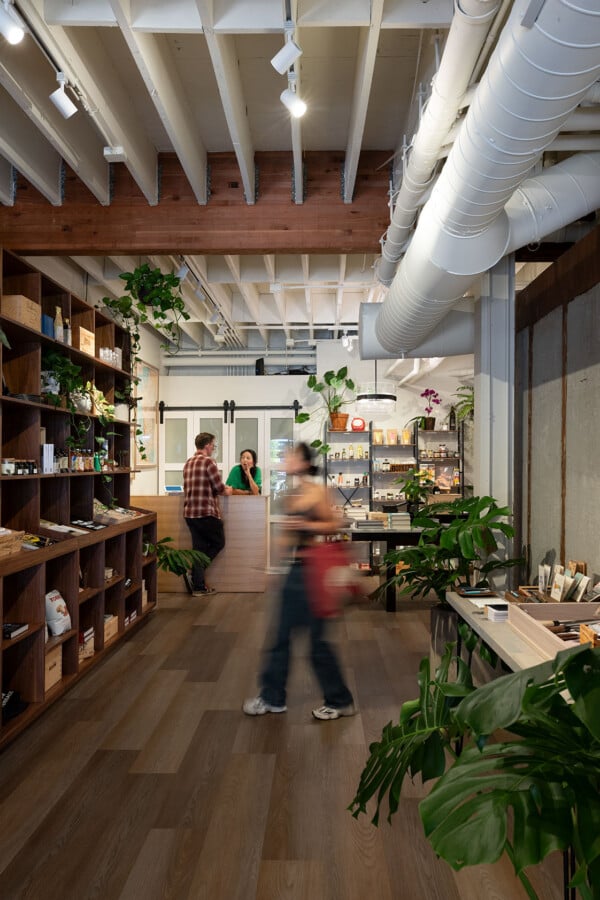
Grable cites the size of Lovers + Fighters as a reason he needed to open Uncle Paul’s Corner Store, Little Plum and Mediterranean-inspired Lady Elaine in quick succession. Its key players include beverage director Michael Nishikawa, who worked with Grable at Alan Wong’s; guest relations director Allie Haines, who helped open Lucky Belly as a server and bartender; and Ku‘ulei Akuna, director of bar operations, who was a regular at Lucky Belly before becoming a waitress at Livestock. She’s been with Grable at every restaurant since then.
Tiffany Ibale, another former Lucky Belly server, is a Lovers + Fighters partner who works for Google in California; operations director Wesley Inoshita was a server at Livestock and, like Akuna and Ibale, became a manager at the Chinatown restaurants. Former Lucky Belly and Livestock server Lindsey Miyasato is a full-time pharmacist; her administrative director role at Lovers + Fighters is a side job. And wine director Hayden Butler met Grable while busing tables at Stage. He followed him to Merriman’s and then La Vie and Quiora, where he became wine director. Casey Kusaka, the chef, has worked with Grable since the Ritz-Carlton Waikīkī and before that, cooked at Momofuku Noodle Bar and was general manager at two-Michelin-star Californios.
In Mānoa, Grable says, the group’s focus will be pan-generational. He wants his mother-in-law, who’s from the valley, to feel as at home in the restaurants as his daughters, who go to Noelani Elementary School.
“This community asked us to join them. We’re doing that very cautiously and humbly. Our concepts are very much designed with this in mind,” he says. “One of the things I’m hoping for is to inspire others. I think that’s what happened in Chinatown, to show other people it can be done.”

